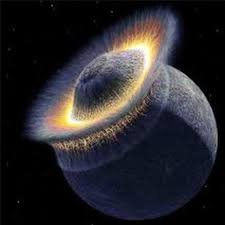
Scientists have recently observed a new “mini-moon,” officially designated as asteroid 2024 PT5, orbiting Earth temporarily. This discovery adds to the growing list of short-lived natural satellites occasionally captured by Earth’s gravity. These events, while uncommon to observe, highlight the dynamic interactions within our solar system.


Characteristics of the Mini-Moon
2024 PT5 is part of the Arjuna asteroid family, a group of near-Earth objects with orbits similar to Earth’s. Measuring approximately 37 feet (11 meters) across, it is vastly smaller than our primary moon, which has a diameter of over 2,100 miles. Its orbital journey around Earth began on September 29, 2024, and is set to end on November 25, 2024, after which it will return to its heliocentric path. Due to its small size and dimness, 2024 PT5 is not visible to amateur telescopes but can be studied using professional astronomical instruments.
Not Truly a Second Moon
Unlike Earth’s primary moon, which has a stable, permanent orbit, 2024 PT5’s trajectory is a transient “horseshoe path.” This type of capture is referred to as a “mini-moon event,” lasting only weeks or months. Such phenomena occur several times per decade, but most mini-moons are too small to detect, making each discovery a scientific opportunity to study the dynamics of Earth’s gravitational pull and asteroid composition.





